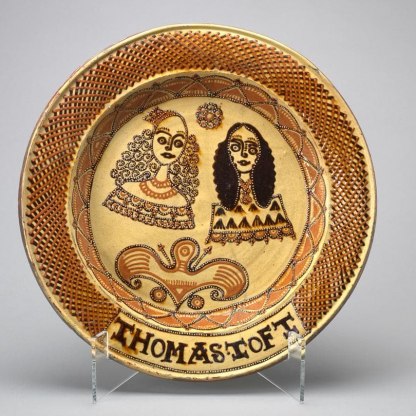Mezzotint
The technique known as mezzotint – literally ‘half-tone’ – was developed in Germany and Holland in the seventeenth century. It has been used since predominantly for the reproduction of paintings, because of its ability to imitate the tonal range of oil paint and even reproduce brushstrokes. Whereas in other forms of printmaking, such as etching or engraving, the artist describes the lines he requires for his final image, in mezzotint he picks out the sources of light. It is ideal for the kind of urban nightscape that McPherson has created here, in which bright, individual lights stand out against darkness.
First a copper plate is 'rocked' – roughened – so that the surface is uniformly covered in a burr – a succession of small pits which collect the ink when it is applied to the plate. If printed at this stage the plate will print a deep, even, velvety black, like the sky in McPherson’s 'Yankee Stadium at Night'.
Rocking a plate is physically demanding and time-consuming work. McPherson, who is unusual in carrying out every part of the printmaking process from rocking to publishing himself, spent a year roughening the 24 x 36 inch copper plate used for Yankee Stadium – working longer than three hours at a time caused tennis elbow.
Once the plate has been rocked, the artist needs to create the areas that will appear white, or as half-tones, on the finished print.
A scraper is used to remove the roughness in desired areas of the rocked copper. These ‘negative’ areas will retain no ink and so appear blank on the print. The area of bright light directly above the Yankee Stadium is the result of scraping. The technique is also useful for creating small points of light such as the office windows overlooking the Harlem River to the left.
For the tones between white and black, a burnisher is used to smooth the plate to varying degrees. This ensures that only a certain amount of ink is retained on the copper surface. The grey area between the sky and the skyline in 'Yankee Stadium' is achieved by burnishing, and by using a different ink to that used elsewhere in the print.
Other highlight objects you might like
Other pathways and stories you might like
Sign up to our emails
Be the first to hear about our news, exhibitions, events and more…






